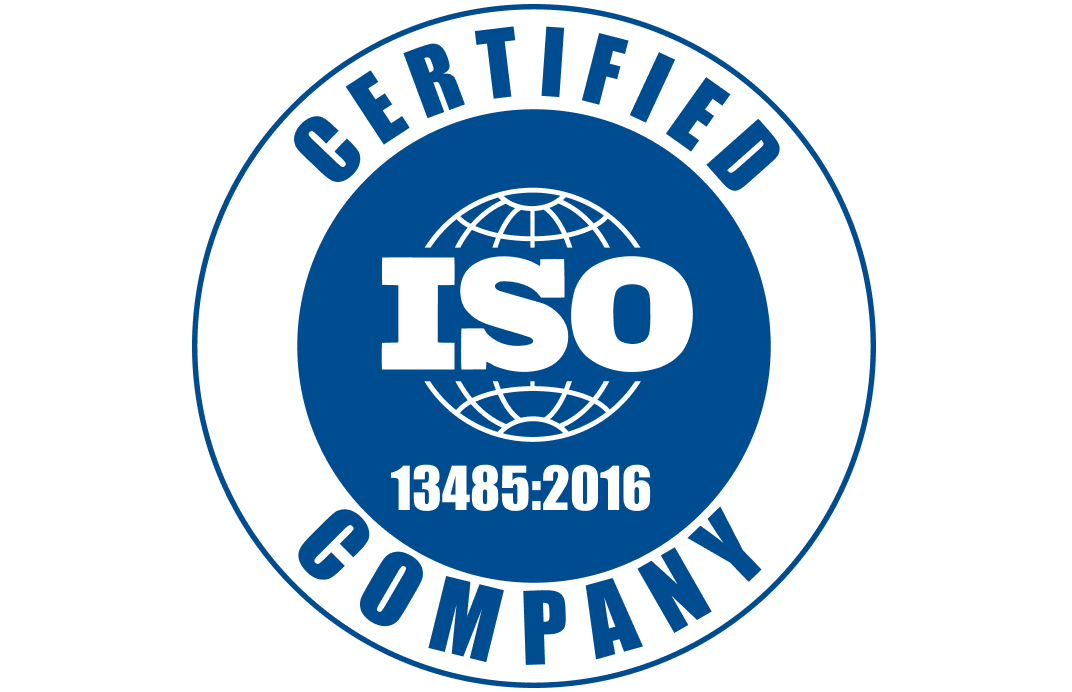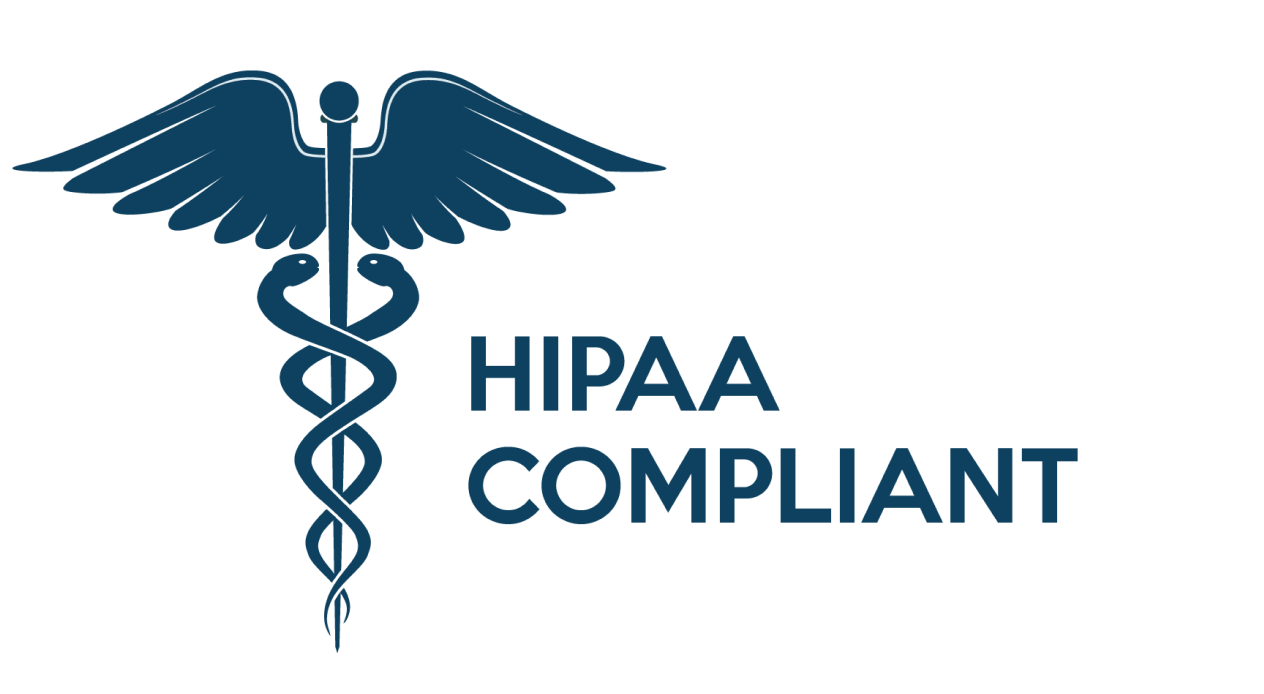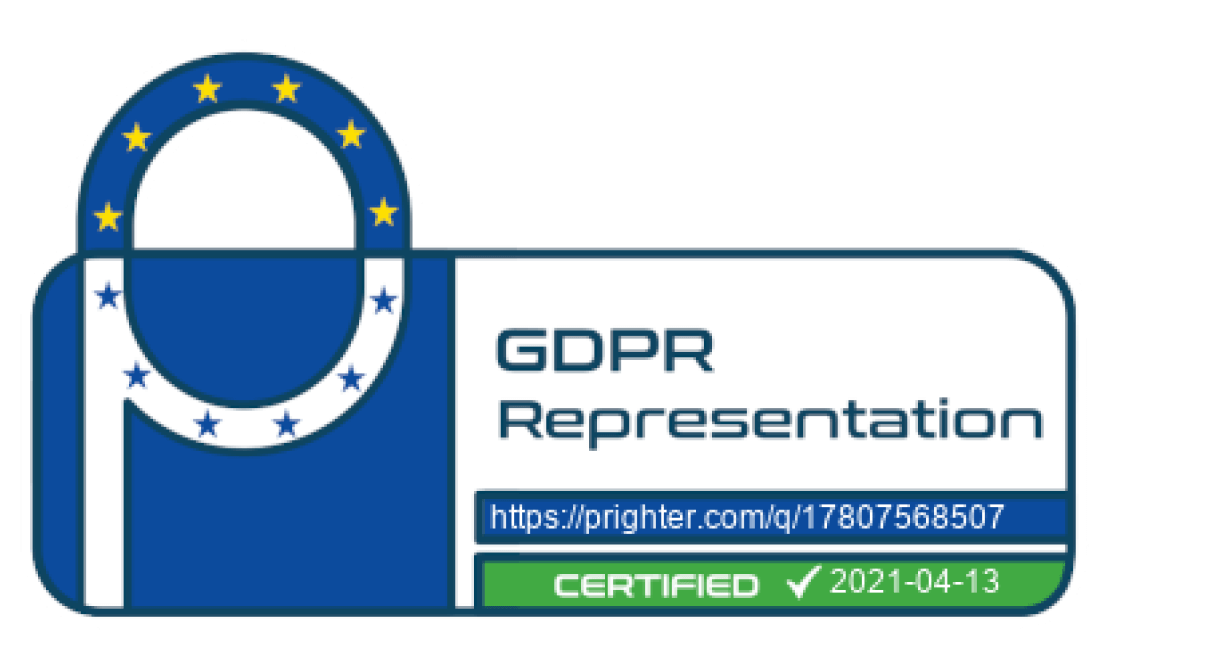Why Stress Monitoring is Key for Healthcare Providers and Payers Alike
Let’s talk about stress monitoring. Surprisingly, it is one metric which is often ignored. Stress has a direct impact on health, and when measured objectively, it can shine a light on so many existing and pre-existing conditions. If you’ve never thought about being able to monitor stress before, consider this your guide to how it works, and why it’s important.
How does stress impact health?
As many as 70% of primary care visits are driven by psychological disorders like stress and anxiety, the same disorders that, according to the American Psychological Association, can worsen the course of chronic illnesses such as cardiovascular disease, diabetes, epilepsy, asthma, and cancer. Stress can also weaken the immune system – making it more likely that individuals will become ill in the first place.
The rate of non-communicable diseases (NCD) has risen exponentially on a global scale. More and more scientific research shows the direct impact of many of these diseases. Stress can trigger fatigue, depression, eating disorders, cardiovascular disease and some say, even cancer.
Stress isn’t a disease in and of itself – it’s a response that occurs to the body when it feels under attack. In short bursts, stress can be useful, encouraging productivity or focus. Often, however, stress is caused by issues in a person’s life, such as a negative workplace, a toxic relationship, or a big life change like a move or even grief. It’s in these cases, where stress continues long-term, that it can contribute to high blood pressure, heart disease, anxiety disorders, and more. According to the AHA, a meta-analysis of prospective studies published through 2011 found that work-related stress was associated with a 40% increased risk of incident cardiovascular disease (CVD). Another found that high perceived stress was associated with a 27% increased risk of incident coronary heart disease (CHD) and CHD mortality.
What has this got to do with wellness providers and healthcare providers and payers? Well, as it turns out – everything. If businesses can empower their clients to engage in regular stress monitoring, they can catch the signs of long-term stress early, and make smart changes to alleviate stress, relax more, and reduce the likelihood of chronic illness occurring in the first place. This is backed by a whole lot of science. In one study published in the European Heart Journal, researchers compared the impact of feelings like happiness, enthusiasm, and joy with the development of heart disease. Over a decade of research, they found that for every 20% increase in these feelings – the rate of heart disease was reduced by 22%. This is not just great for the individuals – it’s also a savvy business move for companies who can empower customers to be healthier, claim less on their insurance, and live more stress-free, healthier lives.
Isn’t stress subjective?
Of course, it’s only recently that the technology has existed to monitor this critical metric. One of the most innovative advancements in stress monitoring is the newfound ability to take subjectivity out of the equation.
We’ve all heard people say, “I’m so stressed” and yet in reality that could cover anything on the spectrum from missing the bus to dealing with the death of a spouse. Understanding the objective truth underneath the feeling of stress is essential. A stress monitoring tool that is within the user’s control gives them the ability to regularly measure and monitor stress levels, work out where they are struggling, and take steps to reduce stress in their lives – which has a direct impact on their health and wellbeing.
For example, if stress levels are consistently high according to an objective stress measurement, this suggests to the user that they are experiencing chronic stress, and they can visit their doctor or therapist to discuss treatment or support. If however, stress levels are generally measuring low, and then users experience a high result after a stressful incident or a rough day – they can better understand this as anomalous to their usual pattern, and turn to self-care to help them to relax, whether that’s turning down additional tasks at work, speaking to a loved one, or simply drawing a bath or taking a walk.
This can only be done when you have the right data to hand. Binah.ai’s technology measures both the sympathetic stress parameter and parasympathetic activity, too. While the sympathetic stress levels show the body’s response to stress, the parasympathetic parameter measures the body’s ability to relax. With both of these measurements, users can really start to get a baseline for when they are struggling – and what’s normal for them.
This becomes a really unique and powerful wellness tool, but it can only work if users have access to these measurements on a regular basis. With Binah.ai, we offer these measurements that are usually available only in labs, as part of our remote vital signs monitoring solution that can be easily accessed from any mobile phone or camera-enabled device. All users need to do is take a simple video selfie, and in under a minute – stress levels have been ascertained, calculated with well-known indexes including Baevsky’s stress index.
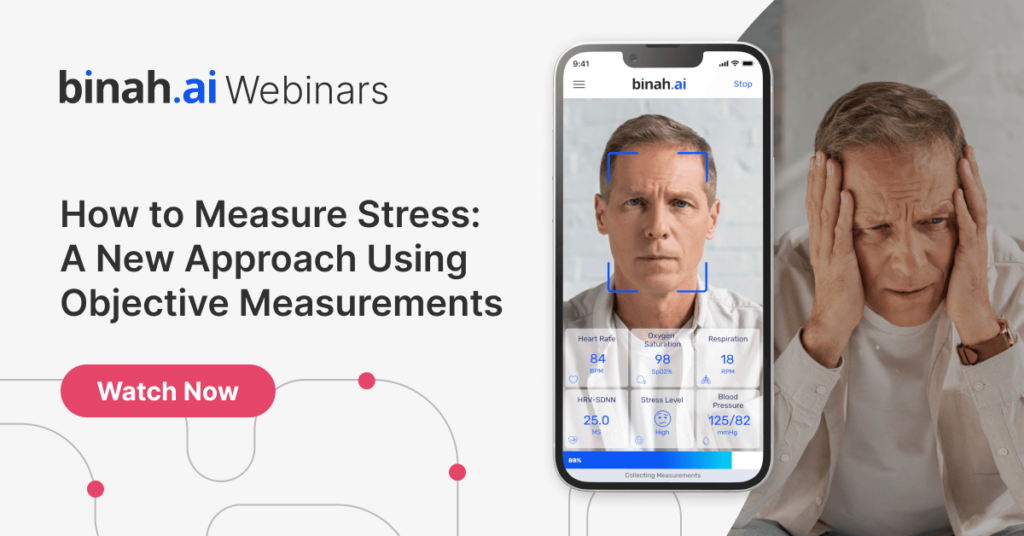
Bringing it all together for wellness and healthcare providers and payers
By understanding that stress monitoring can empower users to make smart decisions and that reducing stress can really move the needle on essential health and wellness metrics, wellness and healthcare providers and payers have a huge opportunity at their fingertips to help their clients. By accessing the data from the Binah.ai application, stakeholders can get a better understanding of their clients’ risk levels and their real-time needs.
For wellness providers, decision-makers can stay on top of stress levels remotely, providing timely support, rewarding smart choices, sending notifications and alerts to check-in, and even encouraging people to act on unusual patterns of stress.
Ready to support your users with a stress monitoring tool they can access anytime, anywhere from a device they already own? Let’s set a time to talk.
 close
close



